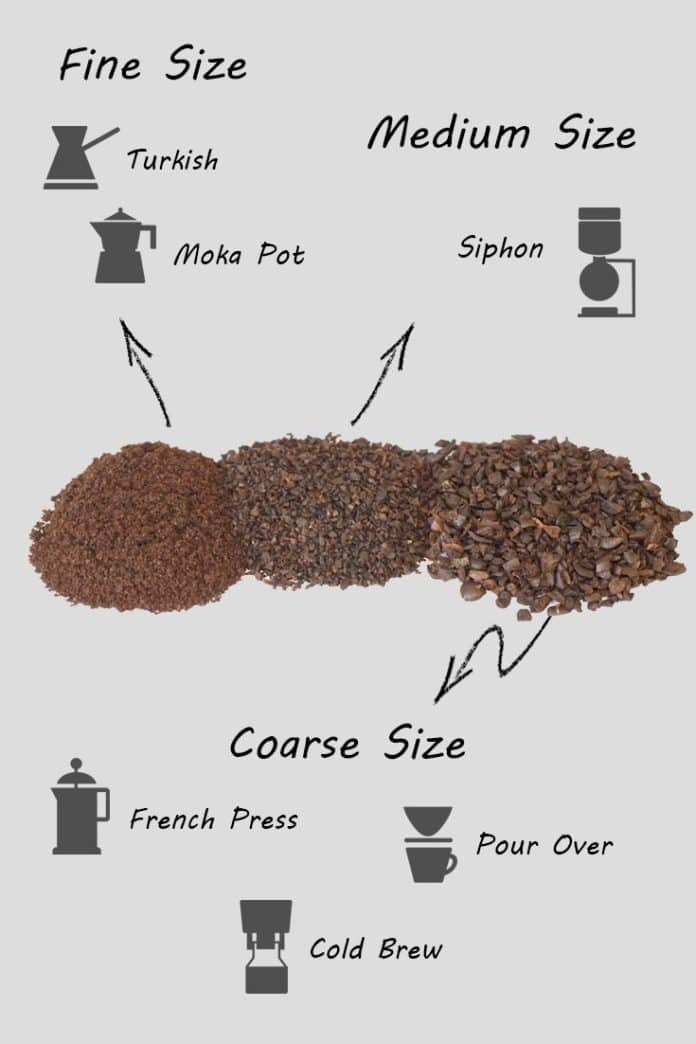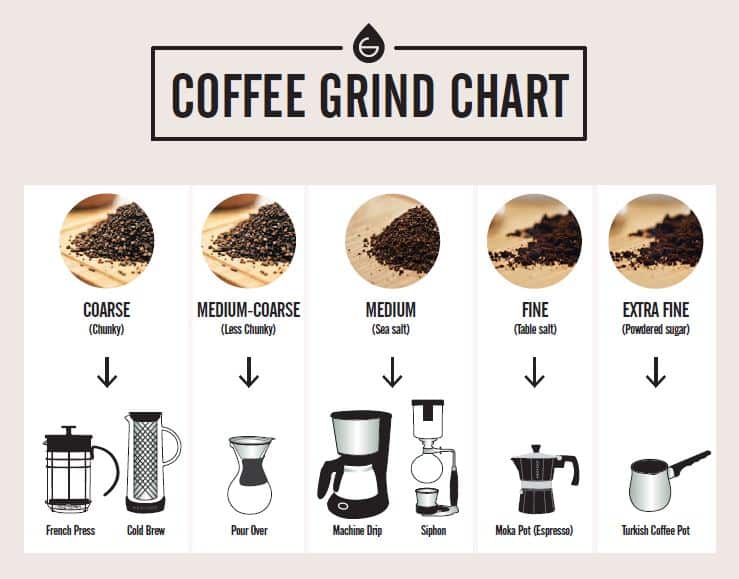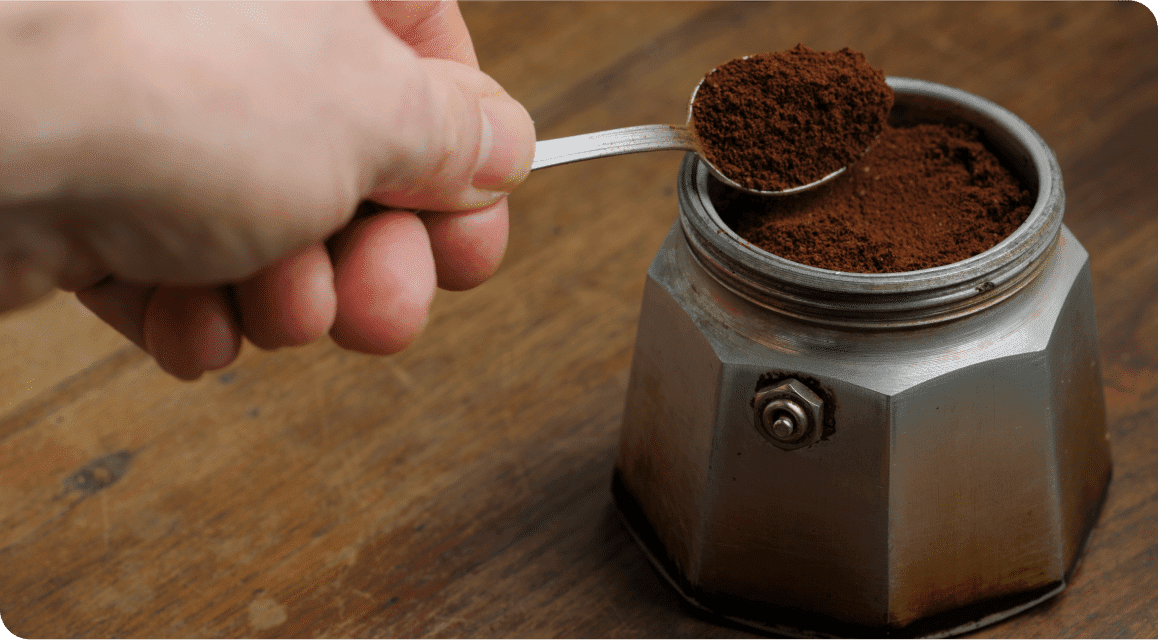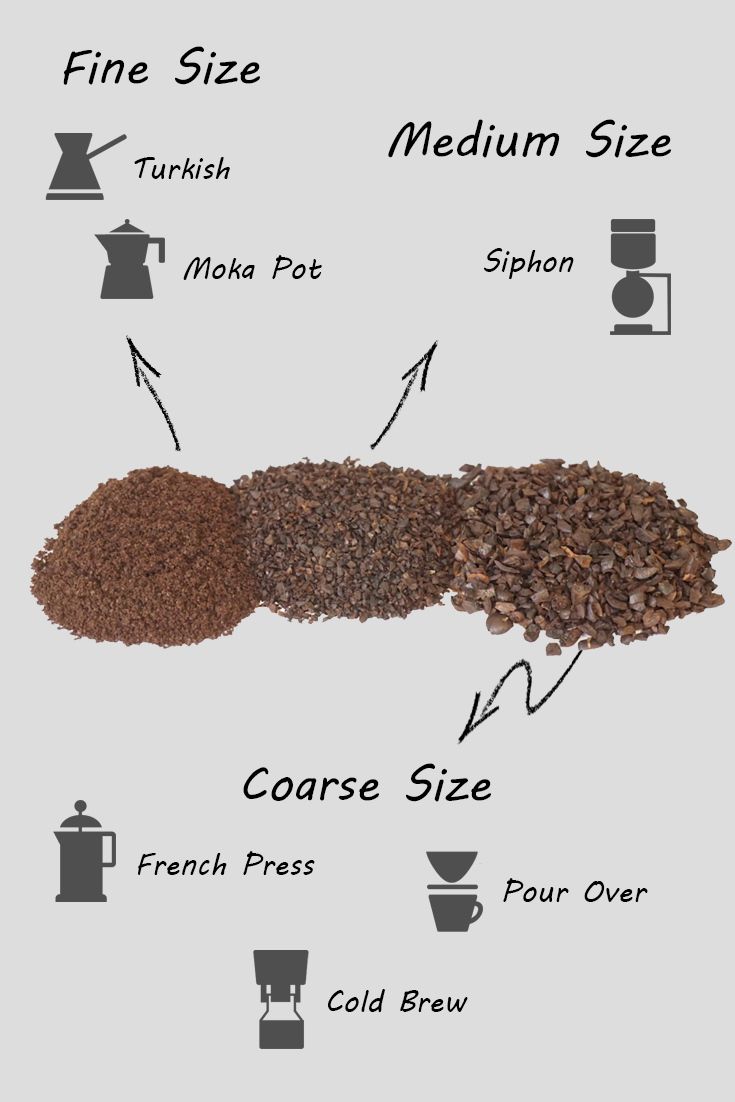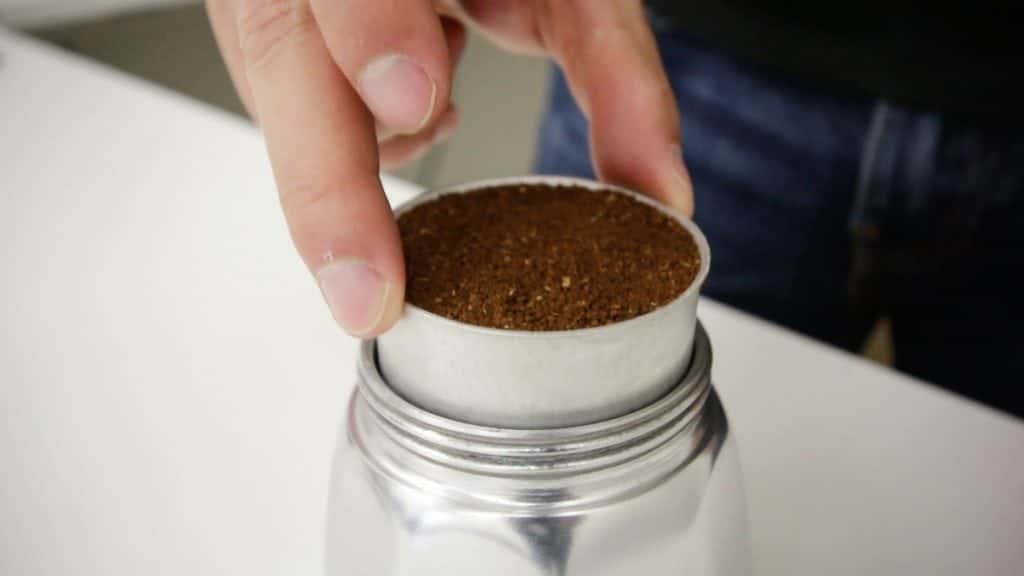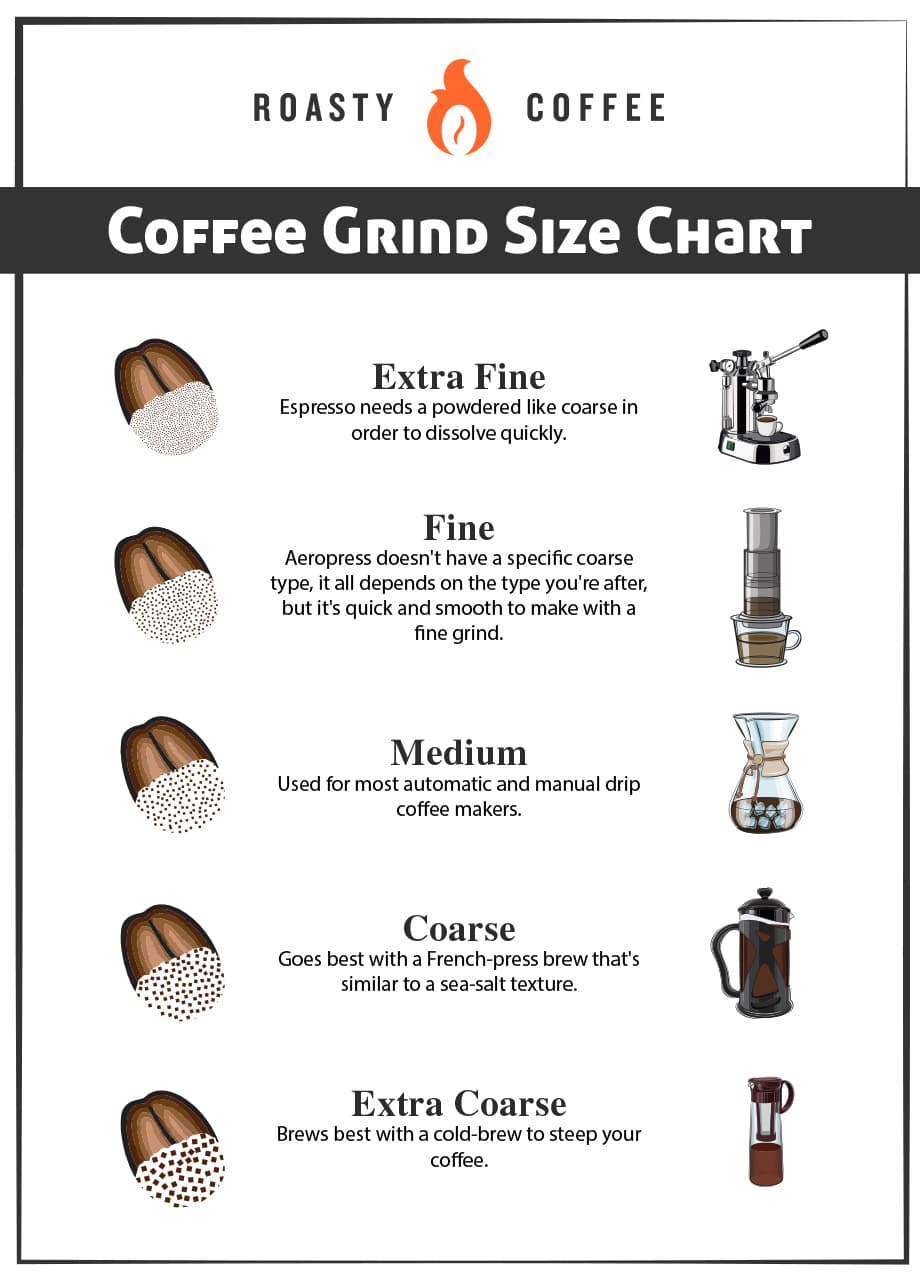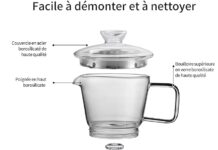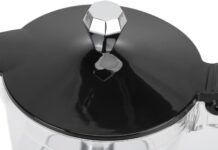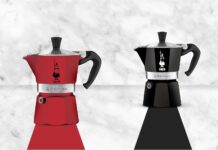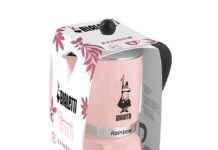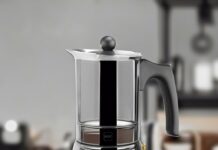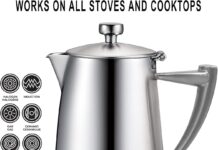Today, we’re here to discuss the age-old question that coffee enthusiasts around the world have been pondering: what grind size works best with a Bialetti Moka pot? As avid coffee lovers ourselves, we understand the importance of finding that perfect grind size to achieve the delectable brew we crave. From bold and intense to smooth and nuanced, the grind size can make all the difference. Join us on this journey as we embark on a quest to unravel this coffee conundrum and discover the holy grail of grind sizes for the Bialetti Moka pot. So grab your favorite mug and get ready to savor the aroma and taste of a perfectly brewed cup of coffee.
Understanding the Bialetti Moka Pot
The Bialetti Moka pot is a classic Italian coffee maker that has been beloved by coffee enthusiasts around the world for decades. Its unique design and brewing method produce a rich, flavorful coffee that is reminiscent of the Italian espresso experience. In order to fully appreciate and master the art of brewing coffee with a Moka pot, it is important to understand how it works and why grind size plays a crucial role in achieving the perfect cup.
How does a Moka pot work?
A Moka pot consists of three chambers: a bottom chamber for water, a middle chamber for ground coffee, and a top chamber for the brewed coffee. The pot is placed on a heat source, such as a stove, and as the water in the bottom chamber heats up, it creates steam pressure that forces the water to rise through the ground coffee and into the top chamber. This process is similar to the way espresso is made, but with a Moka pot, the pressure is not as high, resulting in a milder and less concentrated coffee.
Why is grind size important in a Moka pot?
Grind size is a crucial factor in brewing coffee with a Moka pot because it determines the rate at which the water flows through the coffee grounds and extracts the flavors. If the grind size is too coarse, the water will flow too quickly and result in a weak and under-extracted coffee. On the other hand, if the grind size is too fine, the water will struggle to pass through the coffee grounds, leading to a slow and over-extracted coffee. Finding the right grind size is essential for achieving the perfect balance of flavors and strength in your Moka pot brew.
Experimenting with Grind Sizes
Finding the optimal grind size for your Moka pot involves some experimentation and adjustments. There are different grind size options available, ranging from coarse to fine. Each grind size has its own pros and cons, which we will explore in the following sections.
Different grind size options
-
Coarse grind size: This grind size is characterized by larger particles and feels gritty to the touch. It is commonly used for French press coffee.
-
Medium coarse grind size: This grind size is slightly finer than coarse and resembles coarse sand. It is often used for percolators or cold brew.
-
Medium grind size: This grind size is finer than medium coarse and has a texture similar to table salt. It is commonly used for drip coffee makers.
-
Medium fine grind size: This grind size is finer than medium and feels like granulated sugar. It is typically used for pour-over coffee.
-
Fine grind size: This grind size is the finest of all, with a powdery texture similar to flour. It is primarily used for espresso machines.
Determining the optimal grind size for your Moka pot
Finding the optimal grind size for your Moka pot may require some trial and error. Each Moka pot may have slight variations in brewing time and water flow, so it is important to consider these factors while experimenting with grind sizes. Start by trying a medium grind size, as it is the most commonly recommended for Moka pot brewing. If the coffee tastes too weak or watery, try a slightly finer grind size. Conversely, if the coffee tastes bitter or over-extracted, opt for a coarser grind size. The goal is to find the grind size that produces a balanced, flavorful cup of coffee that suits your personal preferences.
This image is property of grosche.ca.
Coarse Grind Size
Using a coarse grind size in a Moka pot has its own set of pros and cons.
Pros of using a coarse grind size
-
Faster brewing time: The larger coffee particles allow water to flow through the Moka pot more quickly, resulting in a shorter brewing time. This can be beneficial if you are looking for a quick cup of coffee in the morning.
-
Less risk of over-extraction: Coarser grounds are less likely to over-extract, as the water passes through them more easily. This can help prevent the coffee from becoming bitter or overpowering in taste.
Cons of using a coarse grind size
-
Less intense flavor: Coarser grounds may result in a milder flavor profile, as the extraction process is not as thorough compared to finer grind sizes. If you prefer a stronger and more robust cup of coffee, a coarse grind size may not be ideal.
-
Inconsistent extraction: The water may not evenly extract the flavors from the coffee grounds when a coarse grind size is used. This can lead to an uneven brew, with some parts of the coffee tasting weaker or less flavorful than others.
Medium Coarse Grind Size
Using a medium coarse grind size in a Moka pot offers its own advantages and disadvantages.
Pros of using a medium coarse grind size
-
Enhanced flavor extraction: The slightly finer grind size allows for a more thorough extraction of flavors compared to a coarse grind. This can result in a fuller and more flavorful cup of coffee.
-
Balanced strength: Medium coarse grounds strike a good balance between strength and intensity. This grind size can produce a coffee that is not too weak or too strong, making it suitable for those who prefer a medium-strength brew.
Cons of using a medium coarse grind size
-
Longer brewing time: The smaller coffee particles in a medium coarse grind size can slow down the flow of water, resulting in a slightly longer brewing time compared to a coarse grind size. This may not be ideal if you are looking for a quick cup of coffee.
-
Risk of over-extraction: Although less likely compared to finer grind sizes, a medium coarse grind can still lead to over-extraction if the brewing time is prolonged. This may cause the coffee to taste bitter or overly strong.
This image is property of www.bialetti.com.
Medium Grind Size
A medium grind size is one of the most commonly recommended options for brewing coffee with a Moka pot.
Pros of using a medium grind size
-
Balanced extraction: The medium grind size allows for a balanced extraction of flavors, resulting in a well-rounded and flavorful cup of coffee. This grind size strikes a good balance between the strength and intensity of the brew.
-
Versatility: A medium grind size works well with a range of coffee beans and roast levels, making it a versatile option for Moka pot brewing. Whether you prefer darker or lighter roasts, a medium grind size can provide satisfying results.
Cons of using a medium grind size
-
Less control over strength: Compared to finer grind sizes, a medium grind size may yield a brew that is slightly less strong. If you prefer a bolder and more robust cup of coffee, you may need to adjust other factors, such as the coffee-to-water ratio, to achieve your desired strength.
-
Prone to clogging: The medium grind particles can be prone to clogging the filter and impeding the flow of water. It is important to ensure that the Moka pot is assembled correctly and that the coffee grounds are distributed evenly to prevent clogging issues.
Medium Fine Grind Size
Using a medium fine grind size in a Moka pot has its own set of advantages and disadvantages.
Pros of using a medium fine grind size
-
Intensified flavors: The finer grind size allows for a more thorough extraction of flavors, resulting in a more intense and robust cup of coffee. This can be particularly appealing for those who prefer strong and bold coffee.
-
Shorter brewing time: The smaller coffee particles facilitate faster water flow, resulting in a shorter brewing time compared to coarser grind sizes. This can be advantageous if you are looking for a quick cup of coffee in the morning.
Cons of using a medium fine grind size
-
Increased risk of over-extraction: Finer grounds are more prone to over-extraction, as the water may struggle to pass through them. This can lead to a coffee that tastes bitter or overpowering in flavor.
-
More maintenance required: The finer grounds can be more challenging to clean and may require more frequent maintenance of the Moka pot to prevent clogging or residue buildup.
This image is property of i.pinimg.com.
Fine Grind Size
Using a fine grind size in a Moka pot presents its own set of pros and cons.
Pros of using a fine grind size
-
Intense and concentrated flavors: The finer grounds allow for a thorough extraction of flavors, resulting in a cup of coffee that is strong, intense, and concentrated. This can be appealing for those who prefer an espresso-like experience.
-
Short brewing time: The small coffee particles facilitate faster water flow, leading to a shorter brewing time compared to coarser grind sizes. This can be advantageous if you are in a hurry and need a quick cup of coffee.
Cons of using a fine grind size
-
Risk of bitterness: Fine grounds are more prone to over-extraction, as the water may struggle to pass through them. This can result in a coffee that tastes bitter or overly strong. Careful monitoring of brewing time is necessary to avoid this.
-
Prone to clogging: The fine grounds may easily clog the filter and impede the flow of water. This can lead to a slower extraction process and potentially uneven brewing if the clog is not cleared. Regular maintenance of the Moka pot is required to prevent clogging issues.
Determining the Best Grind Size for Your Moka Pot
Finding the best grind size for your Moka pot requires taking various factors into consideration. Here are some key factors to keep in mind:
Factors to consider
-
Personal preference: The most important factor in determining the best grind size is your own taste preferences. Experiment with different grind sizes to find the one that suits the flavor profile you enjoy most.
-
Brewing time: Consider the amount of time you are willing to invest in brewing coffee with your Moka pot. If you prefer a quicker brewing process, coarser grind sizes might be more suitable. However, if you are willing to spend a little extra time, finer grind sizes can yield more intense flavors.
-
Coffee beans and roast level: Different coffee beans and roast levels can affect the optimal grind size. Darker roasts generally benefit from slightly coarser grind sizes, while lighter roasts may require a finer grind size to fully extract the flavors.
Experimentation and adjustments
Determining the best grind size for your Moka pot may require some time and experimentation. Start with a medium grind size and gradually adjust finer or coarser depending on your taste preferences and the desired strength of your coffee. Keep notes on how each grind size affects the flavor and adjust accordingly until you find your ideal grind size.
This image is property of europeancoffeetrip.com.
Tips for Grinding Coffee for a Moka Pot
To optimize your Moka pot brewing experience, consider the following tips for grinding your coffee:
Using a burr grinder
Investing in a burr grinder can greatly improve the consistency and quality of your grind size. Burr grinders produce more uniform coffee grounds compared to blade grinders, which can lead to a more even extraction and consistent flavor in your Moka pot brew.
Considering the roast level of the coffee beans
The roast level of your coffee beans also plays a role in determining the optimal grind size. Generally, darker roasts benefit from slightly coarser grind sizes, while lighter roasts may require a finer grind size. Take into consideration the specific characteristics of your chosen coffee beans and adjust the grind size accordingly.
Conclusion
Achieving the perfect cup of coffee with a Bialetti Moka pot requires understanding the importance of grind size and experimenting with different options. While there is no one-size-fits-all answer to the best grind size, considering factors such as personal preference, brewing time, and coffee beans can guide you in finding the optimal grind size for your Moka pot. Remember to adjust and fine-tune as needed to achieve a flavorful and satisfying coffee experience with your Moka pot. Happy brewing!
This image is property of www.roastycoffee.com.


